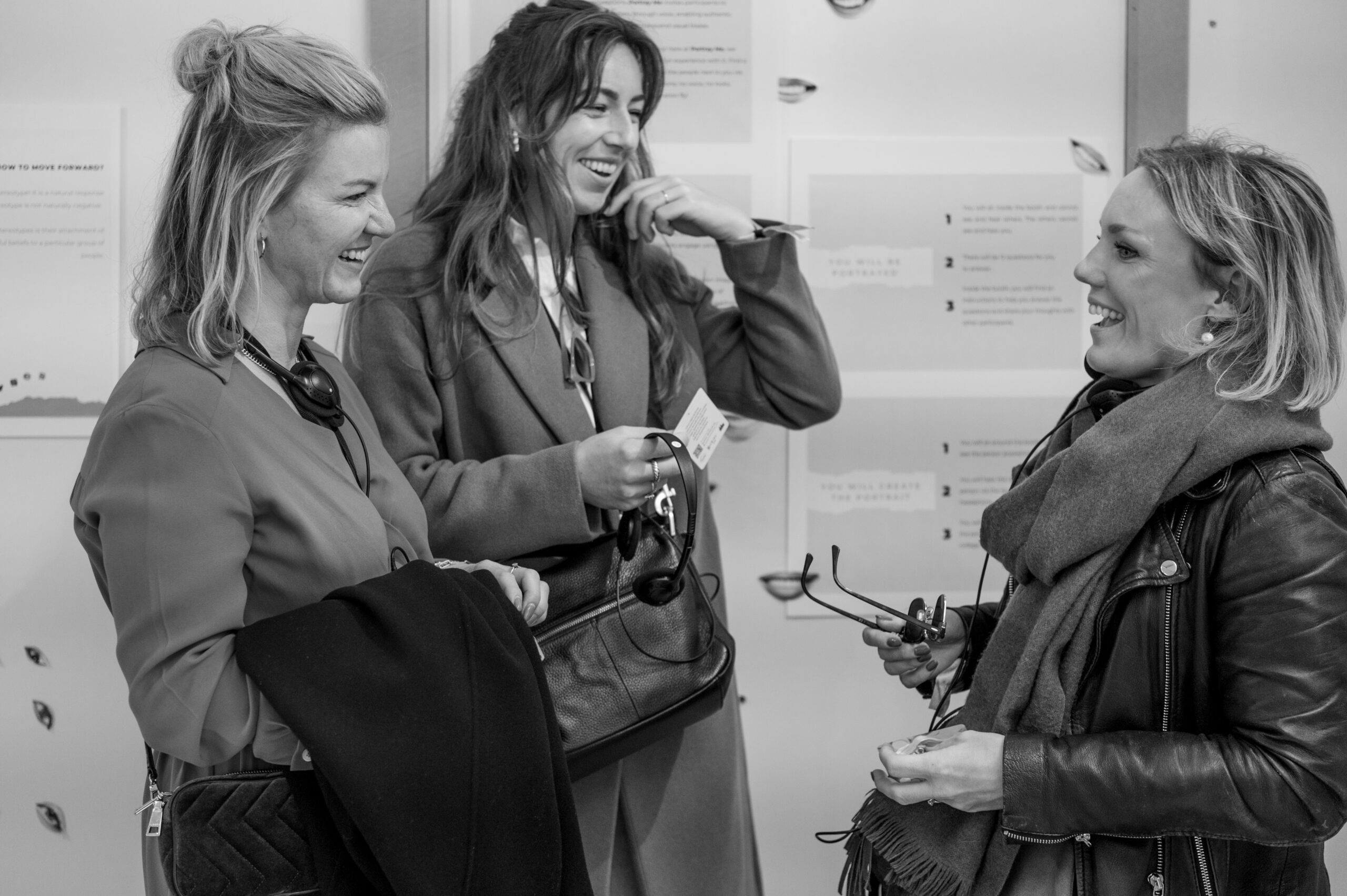Contact us
Tech to Market
Essenstraat 1
5616 LG Eindhoven
The Netherlands
Strong employers build their brand
To me, employer branding is not an HR side project. It’s the strategic backbone of organizations that want to attract and retain talent. In a market where professionals have plenty of choice, the winning employers aren’t those with the biggest budgets, but those with the most credible cultures.
I was inspired by a post from Esther Veenendaal, who shared the new Fortune 100 Great Place To Work in Europe. The list features several organizations active in the Netherlands, such as DHL Express, Hilton, AbbVie, Stryker, Cisco, ServiceNow, Salesforce, Booking.com, and Teleperformance (TP). It made me wonder: how do these top employers approach their employer branding and talent communications? I looked at everything from their Employee Value Proposition (EVP) to onboarding, social media, career sites, and the candidate journey. What I found is that while the formats differ, the underlying principles are the same everywhere. For this blog, I took a closer look at their approaches.
A lived and credible EVP
The best employers know exactly what they promise their people, and they deliver on it every day. Their EVP is a promise that’s tangible in behavior, leadership, and communication.
Hilton, for example, emphasizes a purpose-driven culture in which every role has meaning. Booking.com built its EVP around four pillars: Belonging, Development, Discovery, and Impact. Two very different organizations, yet both share the same belief: employer branding starts with action.
In my experience, this is often where organizations struggle. They think they need to invent their EVP, while the strongest ones emerge from listening. How do employees experience your organization, and what do they say about it? That’s where your brand promise lives.

Employer branding as a strategic discipline
What sets the best apart is not just what they communicate, but how consciously they do it. Booking.com has a team dedicated to collecting and sharing employee stories globally. Hilton launched the “Every Job Makes the Stay” campaign, where real employees proudly and humorously showcase their work.
From what I’ve seen, this is where many companies have the biggest growth opportunity. Employer branding isn’t an extension of recruitment; it’s a strategic discipline. Measure what works, tell real stories, and give employees the stage. Authenticity always beats perfection.

The candidate journey as your business card
A candidate’s experience says more about your culture than any job posting ever could. Stryker tells candidates exactly what to expect, communicates quickly and personally, and involves recruiters throughout. That might sound obvious, but it’s rare.
Recruiters often tell me they see candidates drop off due to slow or impersonal processes. Yet this is exactly where you can make a strong impression. A great candidate journey isn’t complicated, it’s about attention, speed, and honesty.

A culture of recognition and inclusion
Strong employers know that culture is built through behavior, not policy. Diversity and inclusion aren’t checkboxes for them; they’re natural values. ServiceNow supports this through Employee Resource Groups, and Hilton continues to build a global culture where everyone feels welcome. The results are clear: trust, pride, and engagement consistently score higher.
What I notice in practice is that many organizations say inclusion matters, but forget to show it. You only feel it when appreciation becomes part of daily reality and not just once a year during an employee engagement survey.
Well-being and engagement as strategic pillars
The companies that rank high on the list treat well-being as part of their strategy. ServiceNow offers regular well-being days for employees to recharge. AbbVie provides financial wellness programs, and DHL Express hosts multi-day sports and team events with thousands of colleagues.
The message is clear: investing in people leads not only to happier employees, but also to stronger performance, lower turnover, and a more powerful brand. It doesn’t always come down to large-scale initiatives either. Often, it’s the personal attention, flexibility, or freedom to make mistakes that makes the real difference.

Onboarding: where the promise becomes reality
The first few weeks determine whether a new hire feels connected or starts to doubt. Top employers invest in this consciously. They make sure new people feel welcome, understand their impact, and find their place in the culture.
I often see onboarding being underestimated. Yet this is exactly when a new employee decides: does this story hold up? A warm, well-organized start turns new talent into ambassadors. And that’s what employer branding is ultimately about.
The common thread: employer branding starts from within
The Great Place to Work Top 100 shows that employer branding is all about credibility instead of one-off campaigns or quirky Gen-Z slogans. The formula works in any context:
- Culture before campaigns
- People before processes
- Authenticity before perfection
What struck me most is that the best employers don’t necessarily do more, they just do it more intentionally. They know who they are, communicate it consistently, and live it every day. So the real question isn’t how much you invest in employer branding, but how genuine you are in doing it.
How does your organization tell an authentic story today? I’d love to hear about it.
– Written by our Operations Director Marijke Vreugdenhil